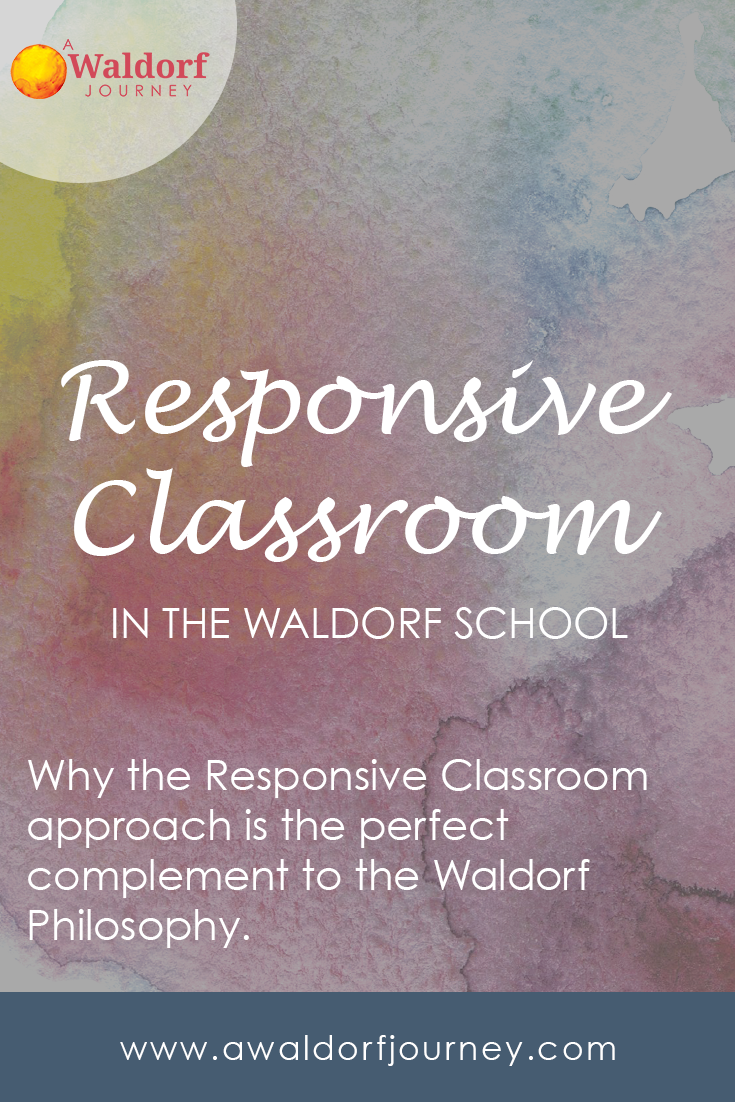 I’ve written before about my enthusiasm for the Responsive Classroom approach. Some of my favorite, tried-and-true classroom management techniques and resources come from the Responsive Classroom series and I’ve recommended them so many times, I thought it’s about time that I gave an overview of the Responsive Classroom approach. (If you’re sold already and want a book, buy Teaching Children to Care, it’s the most thorough Responsive Classroom book out there.)
I’ve written before about my enthusiasm for the Responsive Classroom approach. Some of my favorite, tried-and-true classroom management techniques and resources come from the Responsive Classroom series and I’ve recommended them so many times, I thought it’s about time that I gave an overview of the Responsive Classroom approach. (If you’re sold already and want a book, buy Teaching Children to Care, it’s the most thorough Responsive Classroom book out there.)
The Responsive Classroom website describes the approach as
Responsive Classroom is a research-based approach to K-8 teaching that focuses on the strong link between academic success and social-emotional learning (SEL). We believe that a high-quality education for every child is built on the foundation of a safe and joyful learning community. We provide professional development for elementary and middle schools worldwide.
You can see in this description how in-line with Waldorf ideals the Responsive Classroom approach is. Waldorf is all about creating a “safe and joyful” learning community, and Waldorf teachers are in a perfect position to create that environment because after spending years with their students, Waldorf teachers know and understand their them so well.
What Responsive Classroom has to contribute is a library full of resources providing teachers with examples of language to use, activities to explore and classroom rhythms and practices to implement.
Responsive Classroom in the Waldorf School
There are a few practices that are fundamental to Responsive Classroom that I have found invaluable and I think they translate really well to the Waldorf environment.
Morning Meeting
The idea behind Morning Meeting is that you use the first 20-30 minutes of the day to reconnect as a class and get ready for the day. This is exactly what we do in our morning circle at the Waldorf school, and the Responsive Classroom Morning Meeting resources can be incredibly useful in putting together a creative, diverse and engaging morning circle. The basic components of the Morning Meeting are:
- Greeting — In the Waldorf classroom this usually takes the form of a handshake and the morning roll call. Responsive Classroom resources offer fun ways to mix it up and allow students other ways to courteously greet one another.
- Sharing — This is a chance for children to bring something from their lives into the classroom. This sharing can be a story from home or a traditional show-and-tell time. I feel that Waldorf schools don’t do this enough. Let’s look for ways for children to bridge the gap between home and school in a simple morning activity.
- Group Activity — The traditional Waldorf circle time can take this position, but there are lots of other things that can serve this purpose, too. Games, dancing and jumprope are all examples of great group activities that bring students together, ready to begin the day.
- Morning Message — Students read and interact with a short message written on the chalkboard by the teacher. Often it is a reminder about something that is coming up, a peek into what will be happening that day or even just a question to ponder and discuss. After giving the students time to connect with one another, it is time for the teacher to guide and begin the day.
Establishing Rules
In The First Six Weeks of School, there is a fantastic section on how to work with students to build a set of rules and expectations for classroom behavior. The process guides the teacher through leading students to identify their “Wishes, Hopes and Dreams” for the coming school year and then building from that list to create a set of rules that are student-designed, so there is lots of buy-in.
Every year when I go through this process, my students astound me with their astute observations and great care for each other towards helping each other’s wishes, hopes and dreams come true. Even when I worried my students would find the process pedantic and uninteresting, they surprised me with genuine care for the learning environment we were creating together.
Teacher Language
I have grown so much as a teacher through the encouragement of the Responsive Classroom approach to be very conscious and intentional with my language. From the Responsive Classroom website:
In the Responsive Classroom approach, positive adult language is language that’s direct, brief, and focused clearly on specific actions that help children meet academic and behavior expectations and thrive as valued members of a learning community. The words are delivered in a tone that’s warm and friendly yet professional (no baby talk). The tone is also firm when needed but always kind and respectful (no sarcasm).
Some of the guidelines of the Responsive Classroom approach to language are:
- Be direct and authentic.
- Convey faith in children’s ability and intentions.
- Focus on actions — what the child did, rather than who they are.
- Keep it brief.
- Know when to be silent.
These ideas are summarized in the Responsive Classroom book The Power of Our Words. I can’t emphasize enough how valuable this book is and how much it will change your teaching.
There are so many wonderful Waldorf resources out there, it is easy to overlook the great ideas that can be found in other educational approaches. I have found Waldorf classroom management resources to be a bit lacking and I have been grateful for Responsive Classroom and other non-Waldorf resources.
For a more thorough overview of the principles and practices of the Responsive Classroom approach, check out this website.




Leave a Reply